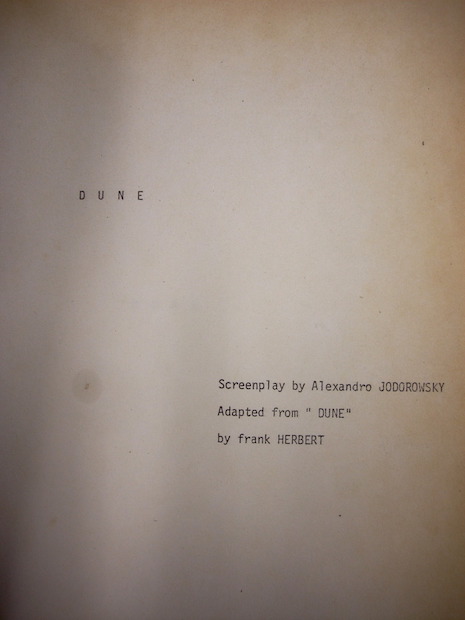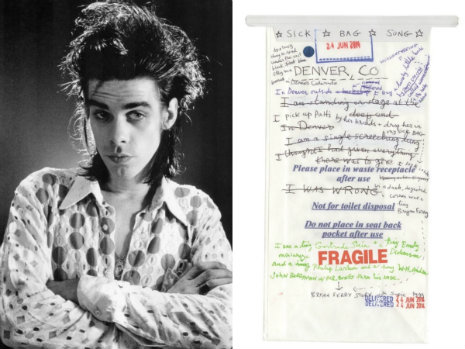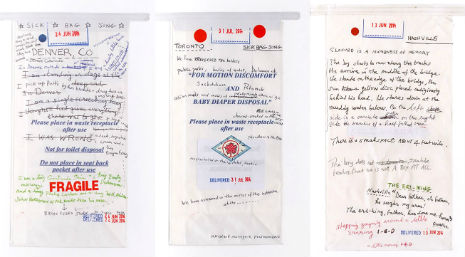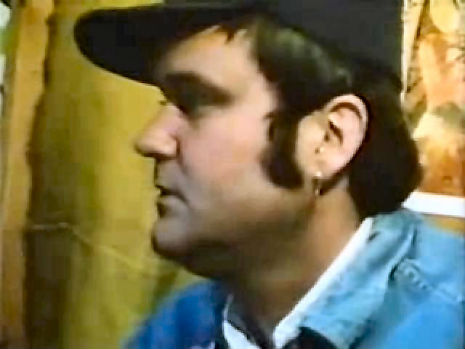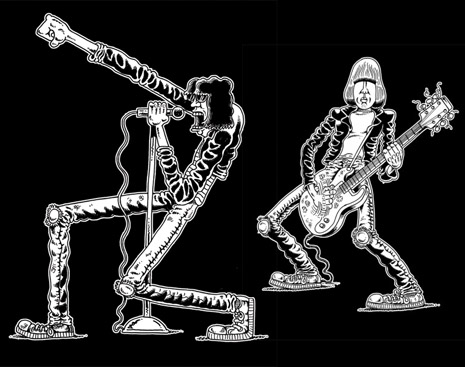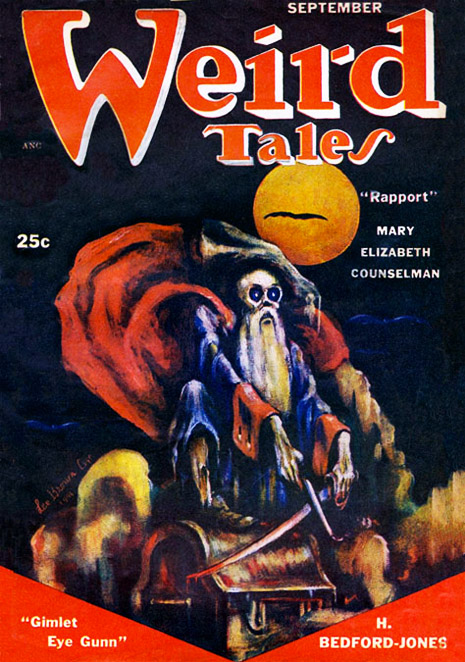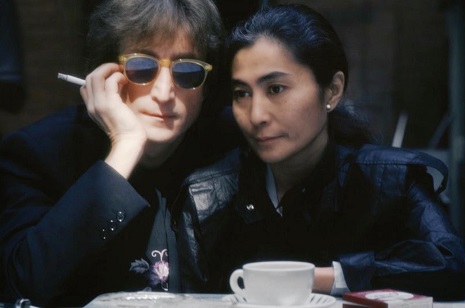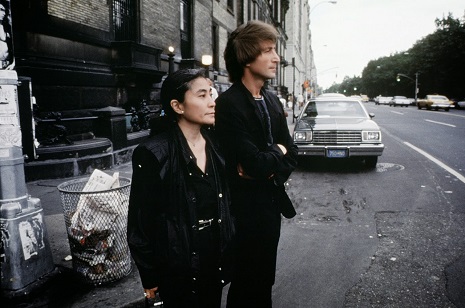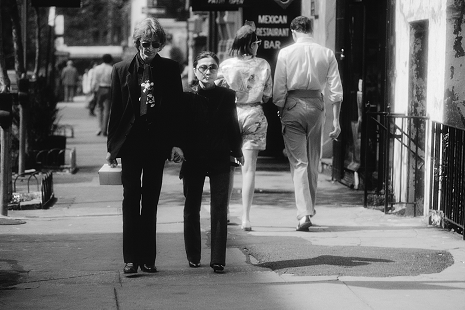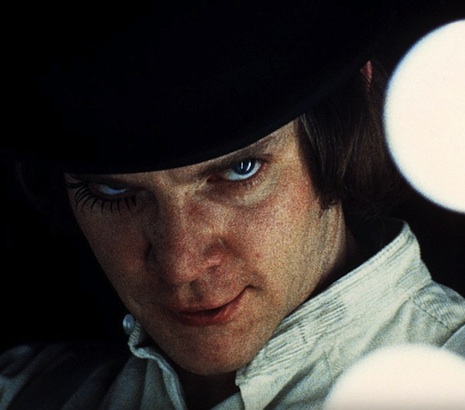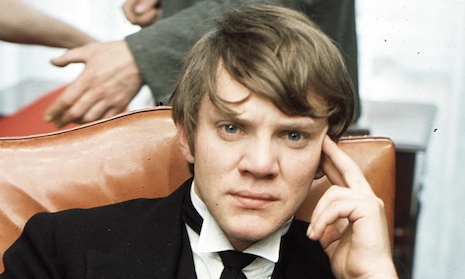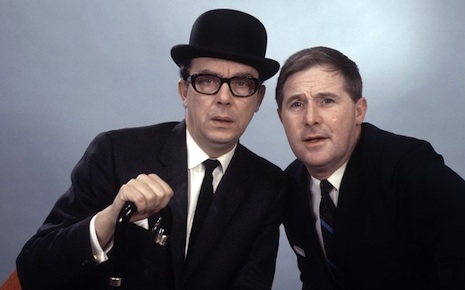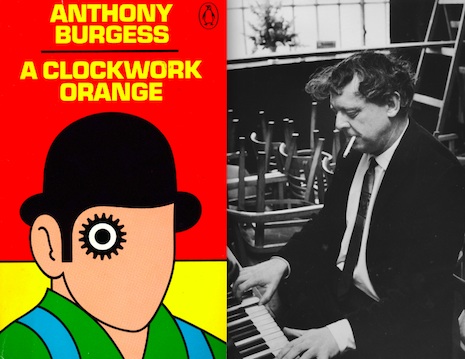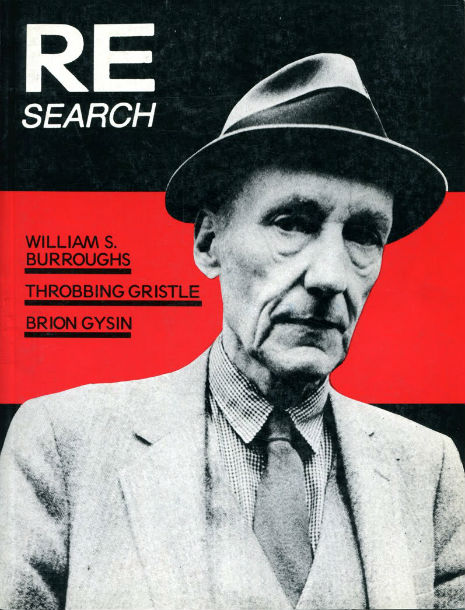
This is a guest post from Graham Rae.
In 2007, I interviewed Val Vale, of RE/Search Publications, and the late futurologist novelist JG Ballard, about a writer whom they were both very favorably predisposed to, William S. Burroughs. I talked to the amiable Val by phone, and sent JGB a few questions by mail, sending him a copy of an expensive science book I had received for review, An Evolutionary Psychology of Sleep and Dreams, to sweeten the pot. The answers are below.
These interviews originally appeared on the now-defunct website of the fine Scottish writer Laura Hird, and do not appear anywhere else online; have not done for years. Thus the references are somewhat dated, but at lot of the material, sadly, remains very much in vogue. I had only been in America for two years in 2007, and my views here seem somewhat naïve to me now, but, well, them’s the learning-immigrant breaks. So without further ado…
Foreword: Noted San Francisco underground publisher V Vale has been publishing since 1977, when, with $200 he was given by Beat poet Allen Ginsberg and poet/ City Lights bookstore owner Lawrence Ferlinghetti ($100 from each), he put out 11 issues of the Search And Destroy punk zine. In 1980 he started RE/Search, an imprint which still puts out infrequent volumes on subjects like schlock therapy trash movies, JG Ballard, punk, modern primitives, supermasochists, torture gardens, pranks, angry women, bodily fluids.anything and everything taboo and alternative and unreported was and is fair grist to Vale’s subversive ever-churning wordmill.
In 1982 he put out RE/Search #4/5 , a three-section volume including William S. Burroughs, with the other two sections being about Throbbing Gristle and the artist Brion Gysin, WSB’s friend and collaborator who’d introduced the writer to the ‘cut-up’ method of rearranging his texts to show what they really mean.
, a three-section volume including William S. Burroughs, with the other two sections being about Throbbing Gristle and the artist Brion Gysin, WSB’s friend and collaborator who’d introduced the writer to the ‘cut-up’ method of rearranging his texts to show what they really mean.
The Burroughs section of the book include an interview with Burroughs by Vale (who is mentioned in Burroughs’ Last Words), an unpublished chapter from Cities of The Red Night, two excerpts from The Place of Dead Roads, two “Early Routines,” an article on “The Cut-Up Method of Brion Gysin” and ‘The Revised Boy Scout Manual’ which is a piece in which Burroughs muses revealingly on armed revolution and weapons-related revelation.
I talked to the amiable publisher about this interesting volume, but only about Burroughs, because he was the reason I wanted to read the thing in the first place; neither of the other two subjects much interest me, to be perfectly honest. It’s an interesting volume that any Burroughs enthusiast would definitely enjoy. So join us as we (me with occasionally incomprehensible-to-American-ears Scottish accent) take a trip down memory lane and talk about snakebite serum, dark-skinned young boys, the City Lights bookstore, independent publishing, aphorisms, Fox News’s hateful right-wing Christian conservative pop-agitprop, the madness of Tony Blair and avoiding mad drunks with guns.
And after the interview with Vale you will find the answers to a few questions JG Ballard was kind enough to answer me by mail about his own relationship with El Hombre Invisible.
V Vale Questions
Graham Rae: First off, how did you first encounter Burroughs’ work?
Vale: Oh, jeez. Well, I encountered Naked Lunch at college in the late ‘60s. He was like the cat’s meow. Burroughs and Kenneth Anger’s Hollywood Babylon—books like these. And it was obvious that Burroughs was this un-sane, slightly science-fictiony visionary, but he wasn’t really science fiction, he was extremely sardonic, that was his main appeal, with Dr. Benway and all that. And since I was more-or-less hetero oriented I think I more or less ignored all the references to young boys with blue gills and fluorescent appendages and whatever. That sort of went right by me like water off a duck’s back. It was only later that I realized that the imagery was kind of . . . how it was oriented. But what really turned me on to Burroughs was an article in a 1970 or ‘71 Atlantic Monthly magazine that came out with a huge excerpt in it from The Job, which is Burroughs’—I think it’s his signature book of interviews, it’s kind of the equivalent of The Philosophy of Andy Warhol (From A to B and Back Again) . And so I took this magazine and underlined it and kept reading it over and over, making lists and trying to get all the books that he talked about. And then The Job
. And so I took this magazine and underlined it and kept reading it over and over, making lists and trying to get all the books that he talked about. And then The Job came out and that became my Bible
came out and that became my Bible
Yeah?
Vale: Oh yeah, it’s totally important. Still important; it’s got so many ideas in it.
Well that’s the thing about Burroughs, isn’t it? It’s like this sort of surreal mercurial Braille, it’s very strange. I mean you read it, you go back to it and then you go back to it and then you get something different from it because you’ve got a completely different level of understanding of it, y’know, I think, personally.
Vale: Well yeah, that definitely can happen with any great book. And I spent so much time with ‘The Job’ and with that ‘Atlantic Monthly’ article. It was obvious that this was sort of like a philosophy of life. I mean, instead of saying you’re right wing or left wing politically, you could just say, Well, I’m a Burroughsian. There should be almost a Burroughsian political party making fun of authoritarianism all across the entire political spectrum.
I’ve got that party in my head that goes on 24 fucking 7, man. Right. When and how did you first contact Burroughs?
Vale: Well I was already working at City Lights Bookstore and one of the perks of working there was that you got to meet all the so-called Beatniks and you were already in the in-group.
Did you meet like Ginsberg and that then, I take it?
Vale: Oh yeah, sure. The legend is that Ginsberg gave me my first $100 to start publishing. It’s certainly true, but I wish I had made a Xerox of the check, and I wish I had made a Xerox of the check that Ferlinghetti gave me, too. But you know, back in those days you didn’t have a home Xerox machine, you had to go to a corner facility and spend ten cens on a Xerox. Believe it or not, ten cents for a Xerox was a lot of money in 1976 or so.
Especially when you don’t have much money.
Vale: Especially when you’re living on minimum wage from City Lights, but you know you would parlay that, you’d stretch that out by: you’d get such a low income you’d qualify for food stamps, for example. They still give out food stamps—I see these old Chinese people using them still, but I hear they’re really hard to get now. But they used to be easy to get.

Continues after the jump with more from Vale and JG Ballard on WSB…

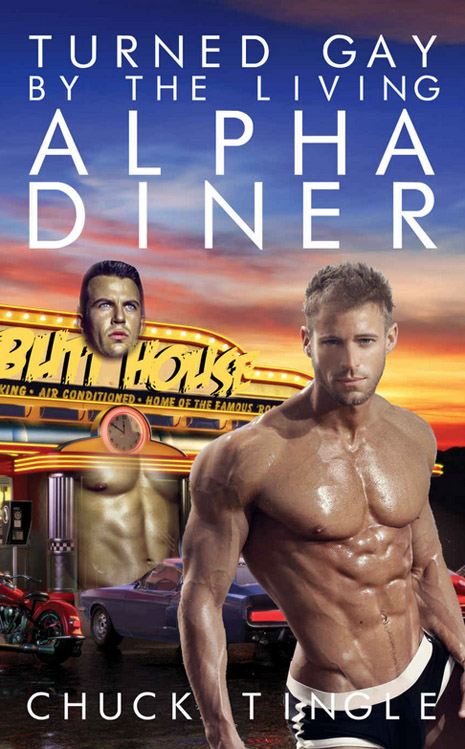









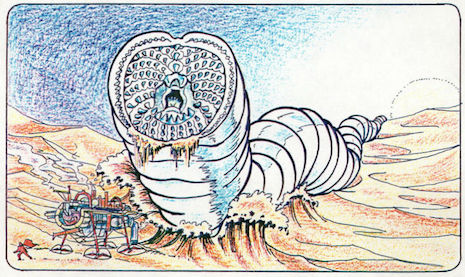
.jpg)
